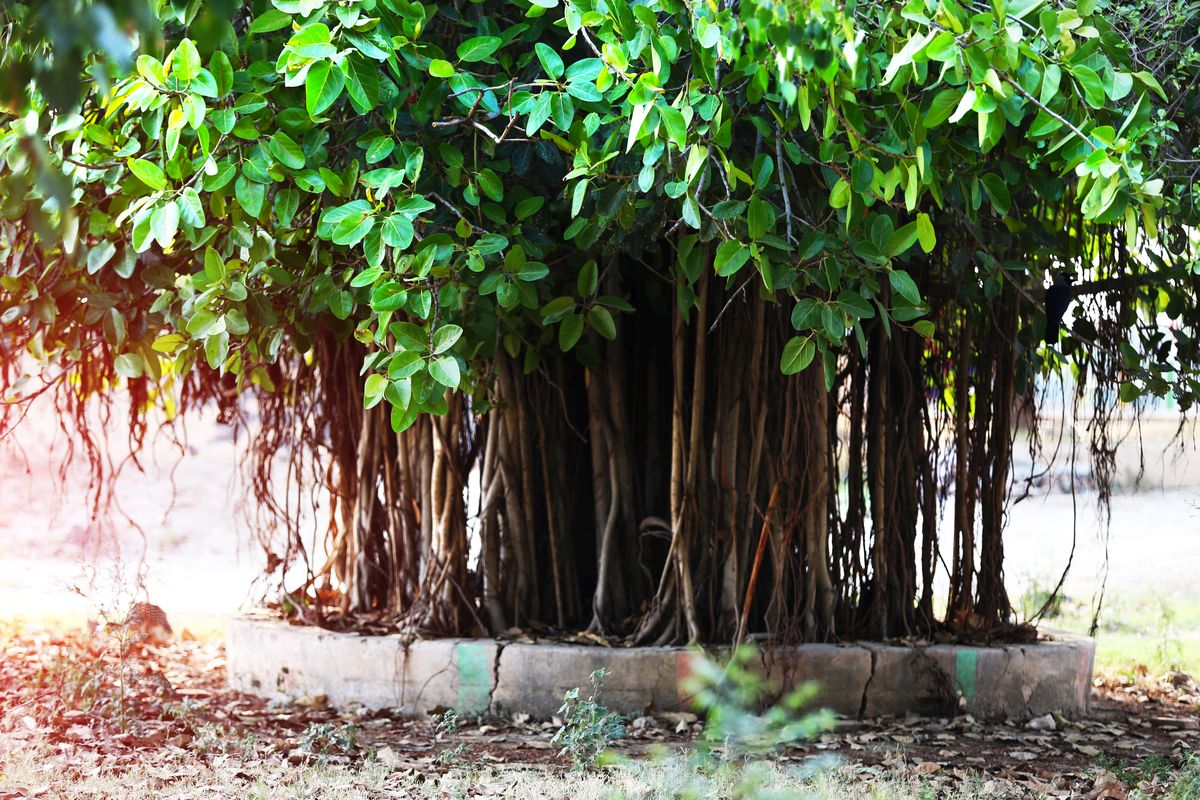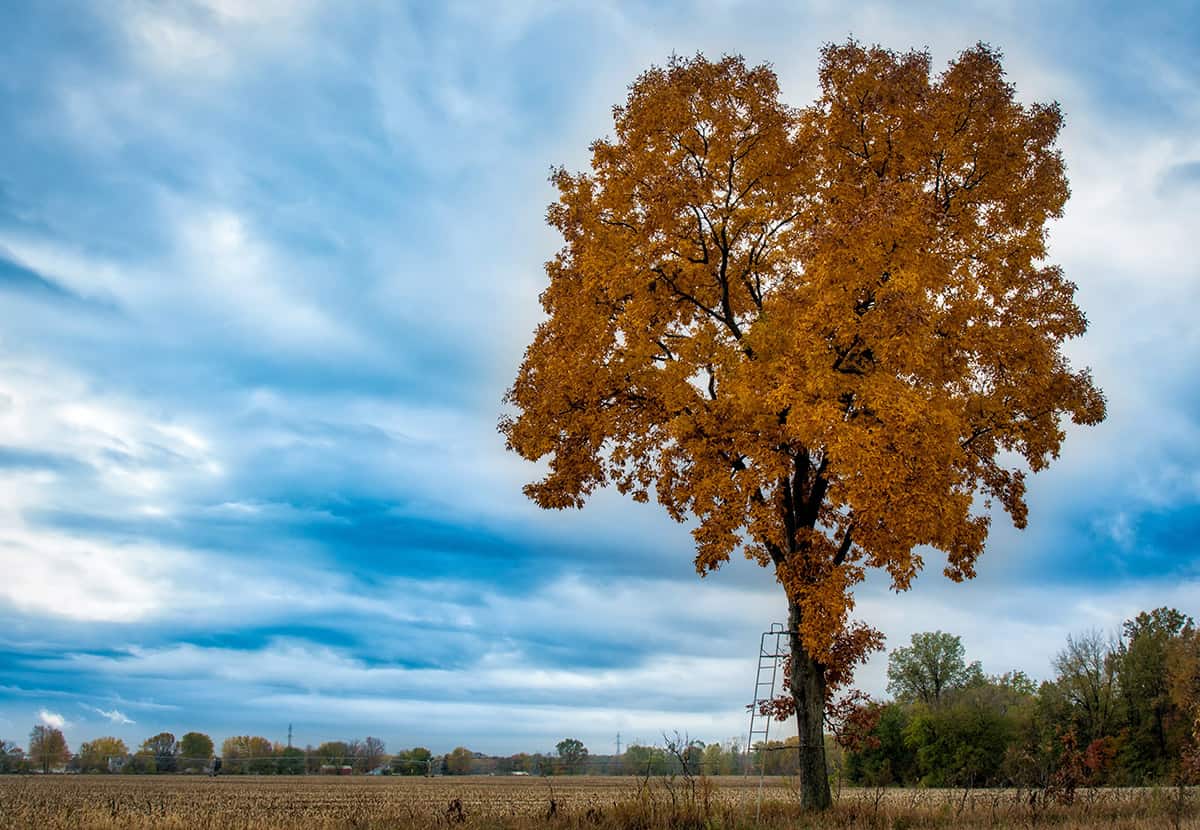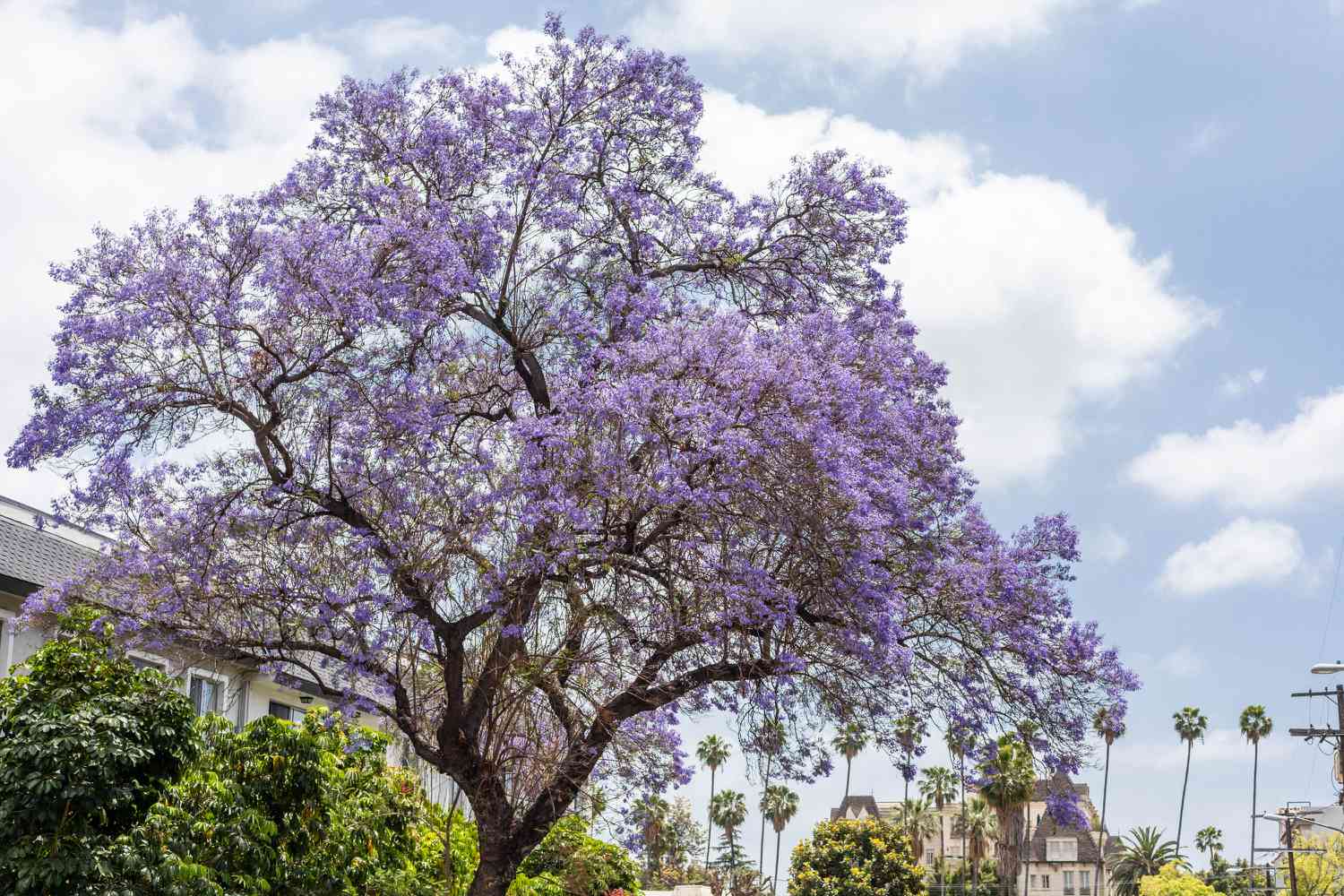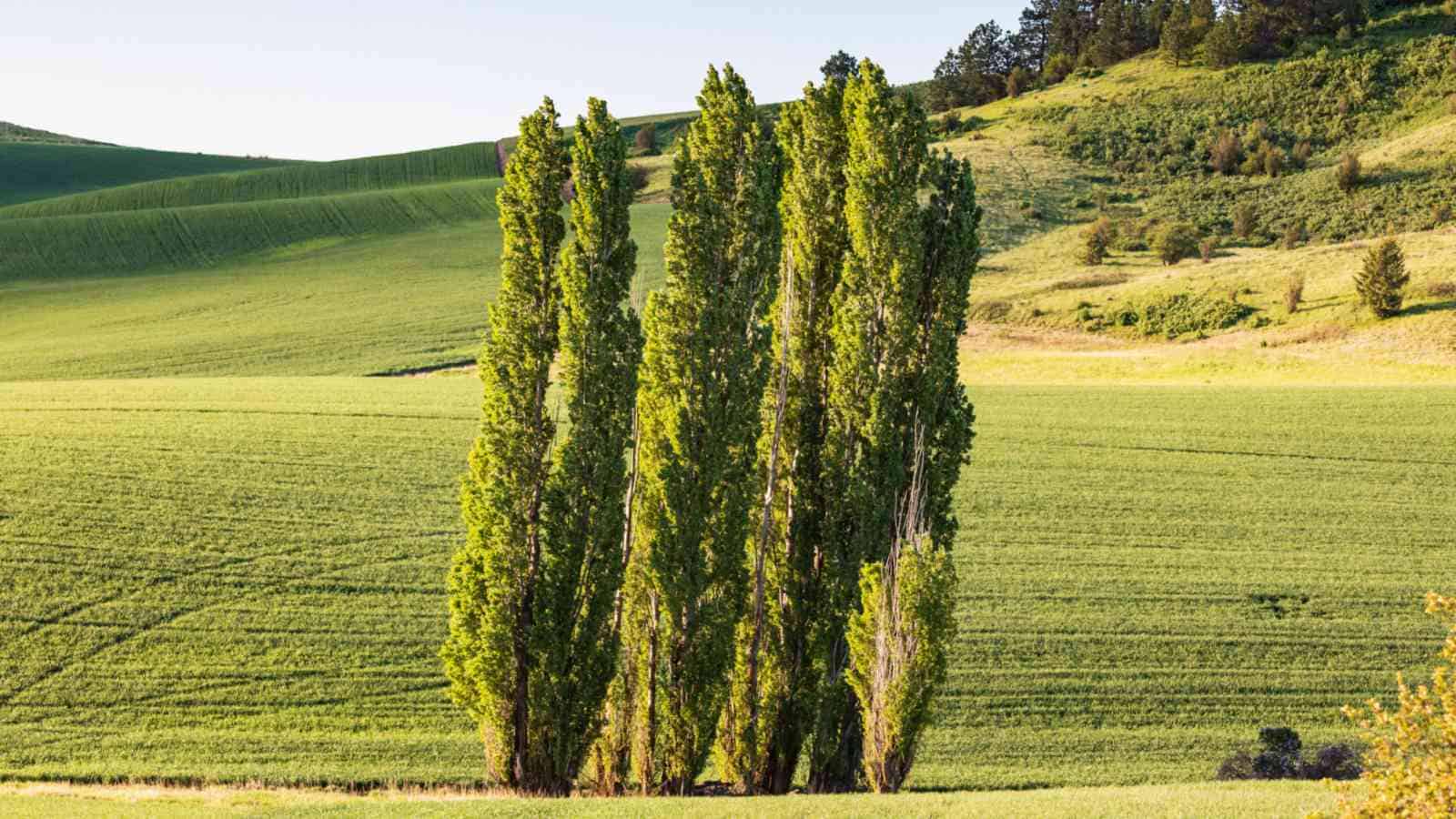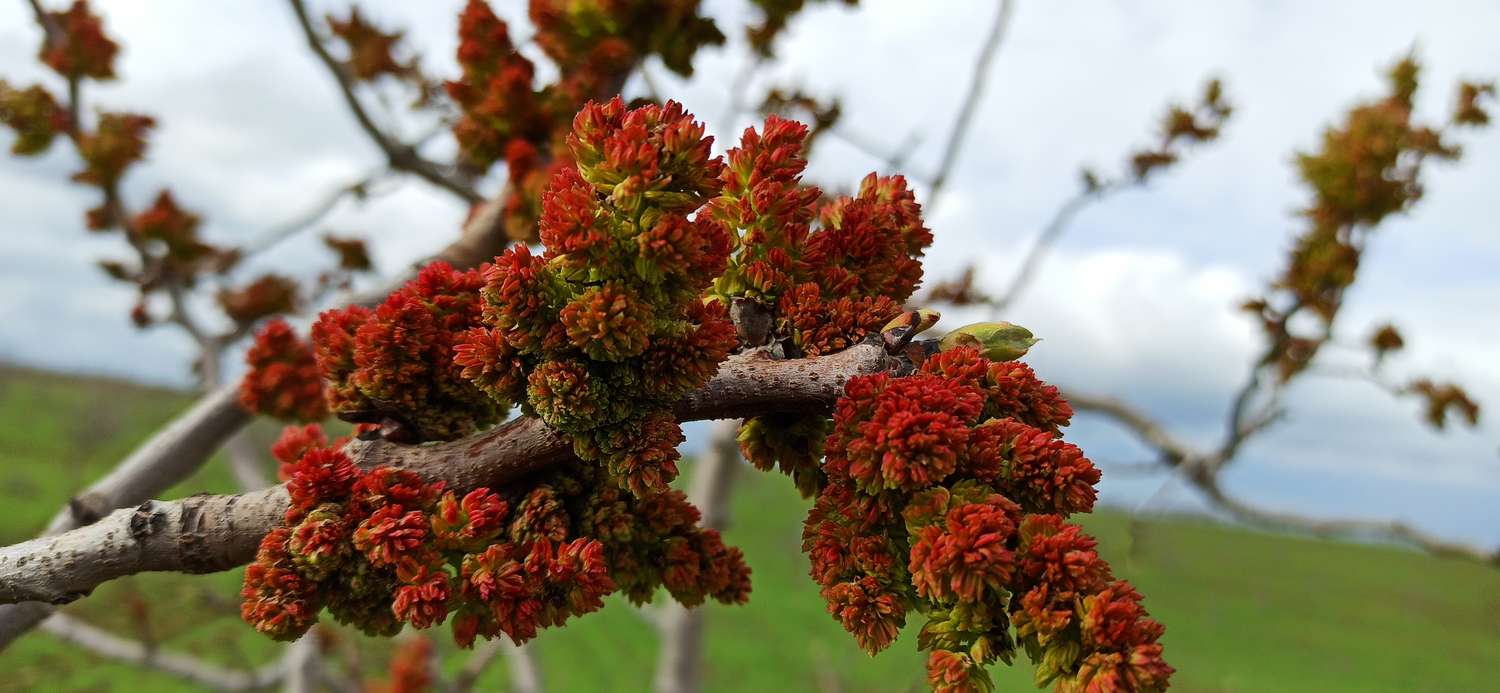Home>Gardening Techniques>Plant Care>Where Do Trees Get Their Nutrients
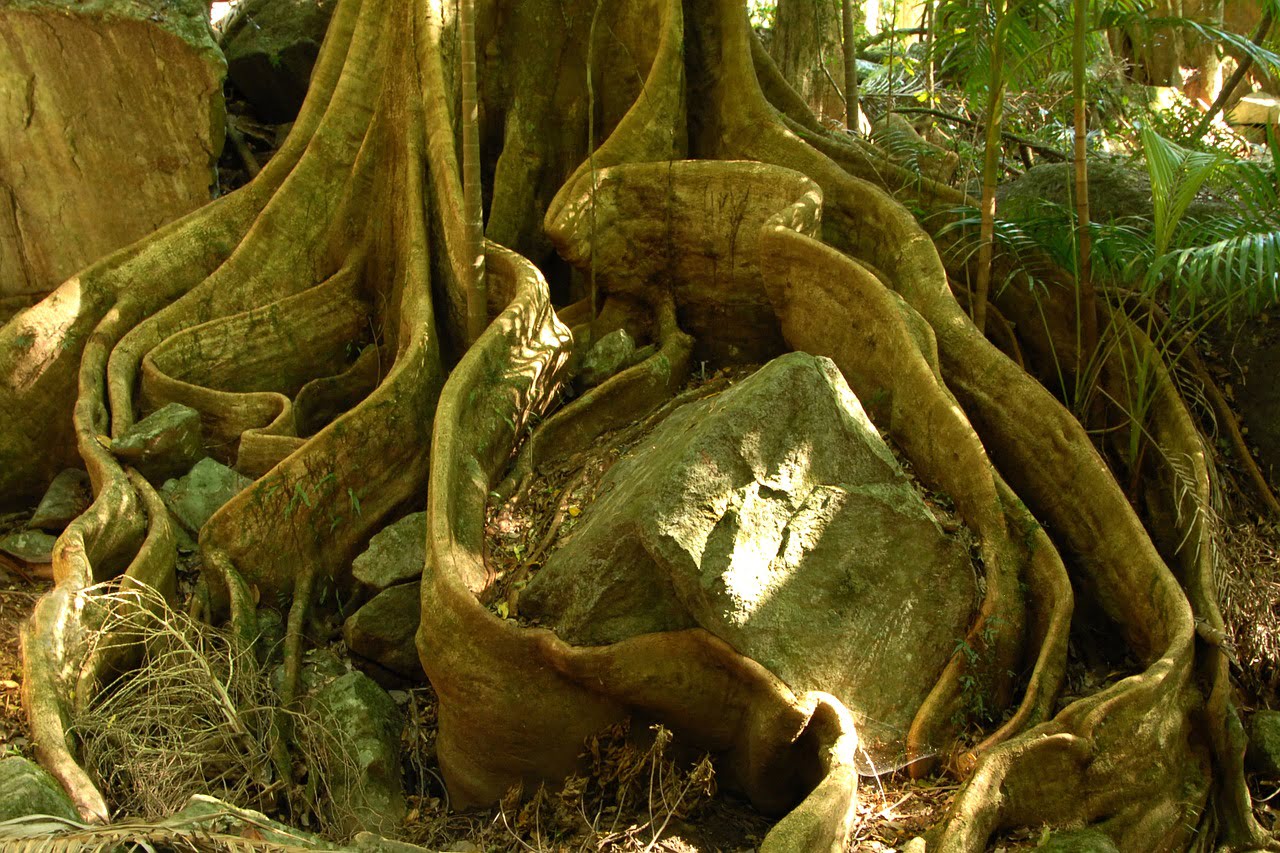

Plant Care
Where Do Trees Get Their Nutrients
Published: November 10, 2023
Discover the secret behind plant care. Learn where trees get their essential nutrients and how to ensure they thrive in your garden.
(Many of the links in this article redirect to a specific reviewed product. Your purchase of these products through affiliate links helps to generate commission for Chicagolandgardening.com, at no extra cost. Learn more)
Table of Contents
Introduction
Trees are magnificent organisms that bring beauty, shade, and a myriad of environmental benefits to our world. They play a vital role in our ecosystems, providing oxygen, capturing carbon dioxide, and supporting countless forms of wildlife. But have you ever wondered how trees obtain the nutrients they need to thrive and grow?
In this article, we will explore the fascinating world of tree nutrition and delve into the various mechanisms through which trees acquire and utilize essential nutrients. From absorbing nutrients through their roots to establishing symbiotic relationships with beneficial fungi, trees have evolved remarkable strategies to ensure their survival and vitality.
Understanding how trees obtain nutrients is not only important for arborists and horticulturalists, but also for avid gardeners and plant enthusiasts. By unlocking the secrets of tree nutrition, we can learn how to optimize the care and maintenance of our own trees, fostering their health and promoting their longevity.
So, let’s dive into the intricacies of tree nutrition and discover the remarkable ways in which these majestic organisms sustain themselves.
The Structure of Trees
Trees are composed of several key structures that work together to support their growth and survival. At the most basic level, a tree consists of roots, a trunk, branches, leaves, and reproductive structures such as flowers or cones.
Roots are the underground portion of a tree and serve several critical functions. Firstly, they anchor the tree into the ground, providing stability and support. Additionally, roots absorb water and essential nutrients from the soil, which are necessary for the tree’s growth and metabolic activities. The roots also form an intricate network that extends far beyond the tree’s canopy, allowing it to tap into a wide range of resources.
The trunk is the central pillar of the tree and provides structural support. It is made up of layers of wood, which are primarily composed of cellulose and lignin. The trunk’s woody structure gives the tree its strength and enables it to withstand external forces, such as wind and gravity.
Branches and leaves branch out from the trunk and serve different purposes. Branches provide additional support to the tree’s structure, while leaves are the primary site for photosynthesis. Through photosynthesis, leaves convert sunlight, water, and carbon dioxide into glucose and oxygen, fueling the tree’s growth and releasing oxygen back into the atmosphere.
Flowers or cones are the reproductive structures of trees. They contain the pollen or ovules necessary for fertilization, allowing trees to reproduce and produce seeds. The seeds, in turn, enable the next generation of trees to grow and continue the cycle of life.
Understanding the structure of trees is crucial for comprehending how they function and interact with their environment. Each component plays a vital role, supporting the overall health and growth of the tree.
Nutrient Absorption through Roots
The roots of a tree are responsible for absorbing water and essential nutrients from the soil. They have specialized structures, such as root hairs, that increase their surface area and facilitate nutrient absorption.
When it comes to nutrients, trees require macronutrients, such as nitrogen (N), phosphorus (P), and potassium (K), as well as micronutrients, including iron (Fe), manganese (Mn), and zinc (Zn), among others. These nutrients are crucial for various physiological functions and processes within the tree.
The process of nutrient absorption begins when water enters the roots through the root hairs. As water moves through the root system, the nutrients dissolved in the soil water are also taken up by the roots. This happens through a combination of mechanisms, including passive diffusion, active transport, and facilitated diffusion.
Passive diffusion occurs when nutrients move across the concentration gradient, from an area of high concentration in the soil to an area of lower concentration within the root. Active transport, on the other hand, requires energy and specialized transport proteins in the root cells to move nutrients against the concentration gradient.
Facilitated diffusion involves the use of carrier proteins to facilitate the movement of nutrients across the cell membranes. These proteins bind to specific nutrients and create channels for their transport into the root cells.
Once the nutrients are inside the root cells, they are transported to the xylem, a specialized tissue responsible for conducting water and nutrients throughout the tree. From the xylem, the nutrients are transported upwards to the leaves, where they are utilized for essential processes, such as photosynthesis and growth.
It is important to note that the availability of nutrients in the soil can vary depending on factors such as soil pH, organic matter content, and microbial interactions. Adjusting soil conditions and providing supplemental fertilization can help ensure that trees have access to an adequate supply of nutrients for their optimal growth and development.
In the next section, we will explore the fascinating symbiotic relationship between trees and mycorrhizal fungi, which greatly enhances nutrient absorption and uptake.
Mycorrhizal Symbiosis
Mycorrhizal symbiosis is a mutualistic relationship between trees and certain fungi known as mycorrhizae. This remarkable partnership plays a crucial role in enhancing nutrient absorption and uptake in trees.
Mycorrhizal fungi form a network of fine threads called hyphae that extend beyond the tree’s root system. These hyphae are much smaller and more numerous than the root hairs, allowing them to explore a larger volume of soil and access nutrients that may be beyond the reach of the tree’s roots alone.
There are two main types of mycorrhizae: ectomycorrhizae and arbuscular mycorrhizae. Ectomycorrhizal fungi form a sheath around the roots and penetrate between individual root cells, forming a dense network known as the Hartig net. This net enhances nutrient uptake by increasing the surface area for nutrient absorption and creating a direct pathway for nutrient transfer from the soil to the tree.
Arbuscular mycorrhizal fungi, on the other hand, penetrate the root cells themselves, forming branching structures called arbuscules. These structures facilitate the exchange of nutrients between the fungus and the plant, maximizing nutrient transfer and improving the tree’s ability to access limited nutrient resources.
Mycorrhizal fungi also play a vital role in improving soil structure and fertility. They release enzymes that break down organic matter, making nutrients more accessible to both the fungi and the tree. Additionally, mycorrhizae can improve soil aggregation, creating a more stable soil structure and enhancing water infiltration and retention.
The benefits of mycorrhizal symbiosis are not limited to nutrient acquisition alone. Research has shown that mycorrhizae can enhance the tree’s resistance to drought, pathogens, and other stresses. They can also improve the tree’s overall health and vigor, leading to increased growth and productivity.
While some tree species can form mycorrhizal associations naturally, others may require the presence of specific mycorrhizal fungi to establish symbiosis. In cases where mycorrhizae are not naturally present, inoculating the soil with compatible fungal species can help foster this beneficial partnership.
Understanding and harnessing the power of mycorrhizal symbiosis is a valuable tool for arborists, gardeners, and land managers. By promoting the establishment and maintenance of these symbiotic relationships, we can enhance the nutrient uptake and overall health of trees, leading to healthier ecosystems and greener landscapes.
Nutrient Transport through Conducting Pathways
Once nutrients are absorbed by the roots and taken up into the tree’s vascular system, they need to be transported to various parts of the tree where they are needed. This is accomplished through a network of conducting pathways, namely the xylem and phloem.
The xylem is responsible for transporting water and dissolved nutrients from the roots to the rest of the tree. It consists of a series of interconnected vessels and tracheids that form long vertical channels throughout the tree. These conduits have specialized cell walls that allow for efficient water movement and maintain structural integrity even under tension.
Through a process known as transpiration, water is drawn up from the roots to the leaves. This water movement is driven by a combination of factors, including the cohesive properties of water molecules and the evaporation of water through tiny pores on the leaf surface called stomata. As water evaporates from the leaves, it creates a slight negative pressure, pulling water up through the xylem vessels.
Along with water, the xylem also transports minerals and nutrients dissolved in the water. This upward flow of water and nutrients through the xylem is known as the transpiration stream. Nutrients are carried passively with the water, moving from areas of higher concentration in the roots to areas of lower concentration in the leaves and other parts of the tree.
While the xylem primarily transports water and nutrients upward, the phloem is responsible for the bidirectional movement of sugars, hormones, and other organic compounds throughout the tree. The phloem consists of living cells called sieve tube elements and companion cells. These cells form tube-like structures that transport sugars produced during photosynthesis from the leaves to other parts of the tree, such as the roots, fruits, and growing tissues.
The movement of these organic compounds occurs through a process called translocation. Translocation requires a source and a sink. The source is a region of the tree where sugars are produced, usually the leaves, while the sink is a region where sugars are used or stored, such as developing fruits or growing buds. Specialized cells called sieve plates allow for the movement of sugars between adjacent sieve tube elements.
The transport of nutrients through conducting pathways is vital for the growth, development, and overall health of trees. It ensures that essential resources are distributed to where they are needed, enabling the tree to carry out important physiological processes and sustain its vitality.
In the next section, we will explore the concept of nutrient cycling in forest ecosystems, highlighting the interconnectedness of trees, soil, and other organisms.
Nutrient Cycling in Forest Ecosystems
In forest ecosystems, the cycling of nutrients is a critical process that ensures the sustainability and productivity of the system. Nutrient cycling involves the movement of essential elements through biotic and abiotic components of the ecosystem, including trees, soil, and other organisms.
When trees shed leaves, branches, or other organic matter, these materials fall to the forest floor and undergo decomposition. Decomposers, such as bacteria, fungi, and detritivores, break down these organic materials into simpler compounds, releasing nutrients back into the soil.
The decomposition process is facilitated by the activity of microorganisms that feed on the organic matter. These microorganisms excrete enzymes that break down complex organic compounds into smaller molecules, which are then absorbed and utilized by other organisms in the ecosystem.
As organic matter decomposes, nutrients are released into the soil in an inorganic form, known as mineralization. Minerals such as nitrogen, phosphorus, and potassium become available for uptake by plant roots. This process is crucial for maintaining the nutrient balance in the ecosystem and supporting the growth of new vegetation.
In addition to decomposition, another important aspect of nutrient cycling in forest ecosystems is the uptake and recycling of nutrients by trees themselves. When trees shed leaves or branches, nutrients contained within these plant parts are reabsorbed by the tree before they are discarded. This process, known as resorption, allows trees to conserve essential nutrients and reuse them for future growth and development.
The cycling of nutrients in forest ecosystems is not limited to plant and soil interactions. Many organisms, such as insects, birds, and mammals, play important roles in nutrient cycling as well. For example, some insects feed on decaying plant matter, accelerating decomposition and nutrient release. Birds and mammals can disperse seeds or deposit feces, which contain nutrients, in different areas of the forest, contributing to nutrient redistribution and cycling.
Human activities, such as logging, agriculture, and pollution, can disrupt nutrient cycling in forest ecosystems. Clearing forests can result in the loss of organic matter and disrupt the natural decomposition process. Excessive fertilizer use in agriculture can lead to nutrient imbalances and pollution of nearby water sources.
Understanding and managing nutrient cycling in forest ecosystems is crucial for maintaining the health and productivity of these natural systems. By promoting sustainable practices that support decomposition, nutrient recycling, and minimizing the impacts of human activities, we can ensure the long-term viability and resilience of forest ecosystems.
Conclusion
Understanding the nutrient requirements and acquisition strategies of trees is essential for effectively caring for and maintaining their health. From absorbing nutrients through their roots to establishing symbiotic relationships with mycorrhizal fungi, trees have developed fascinating mechanisms to sustain themselves in various ecosystems.
The structure of trees, including roots, trunks, branches, leaves, and reproductive structures, plays a critical role in their growth and survival. The roots are responsible for absorbing water and essential nutrients from the soil, while the trunk provides structural support. The foliage, composed of leaves, is crucial for photosynthesis and the production of glucose and oxygen.
Mycorrhizal symbiosis enhances nutrient absorption and uptake in trees by forming mutualistic relationships with beneficial fungi. These fungi extend the reach of the tree’s roots, improve nutrient availability, and enhance soil structure and fertility. Mycorrhizae also contribute to the tree’s resilience against environmental stresses.
Nutrients are transported throughout the tree via conducting pathways. The xylem carries water and dissolved nutrients from the roots to the leaves through a process called transpiration, while the phloem transports sugars and organic compounds bidirectionally to various parts of the tree.
Within forest ecosystems, nutrient cycling is a vital process that ensures the sustainable productivity of the system. Trees shed organic matter, which undergoes decomposition by microorganisms, releasing nutrients back into the soil. Trees also recycle nutrients by resorbing them from shed plant parts, contributing to nutrient conservation and reuse.
By understanding and managing nutrient cycling, we can maintain the health and resilience of forest ecosystems and promote the sustainable growth of trees. It is also important to be mindful of human activities that can disrupt nutrient cycling, such as deforestation and excessive fertilizer use.
In conclusion, the knowledge of how trees obtain and utilize nutrients is essential for promoting their health and longevity. By implementing practices that support nutrient absorption, symbiotic relationships, and nutrient cycling, we can contribute to the well-being of trees and the overall health of our planet’s ecosystems.
